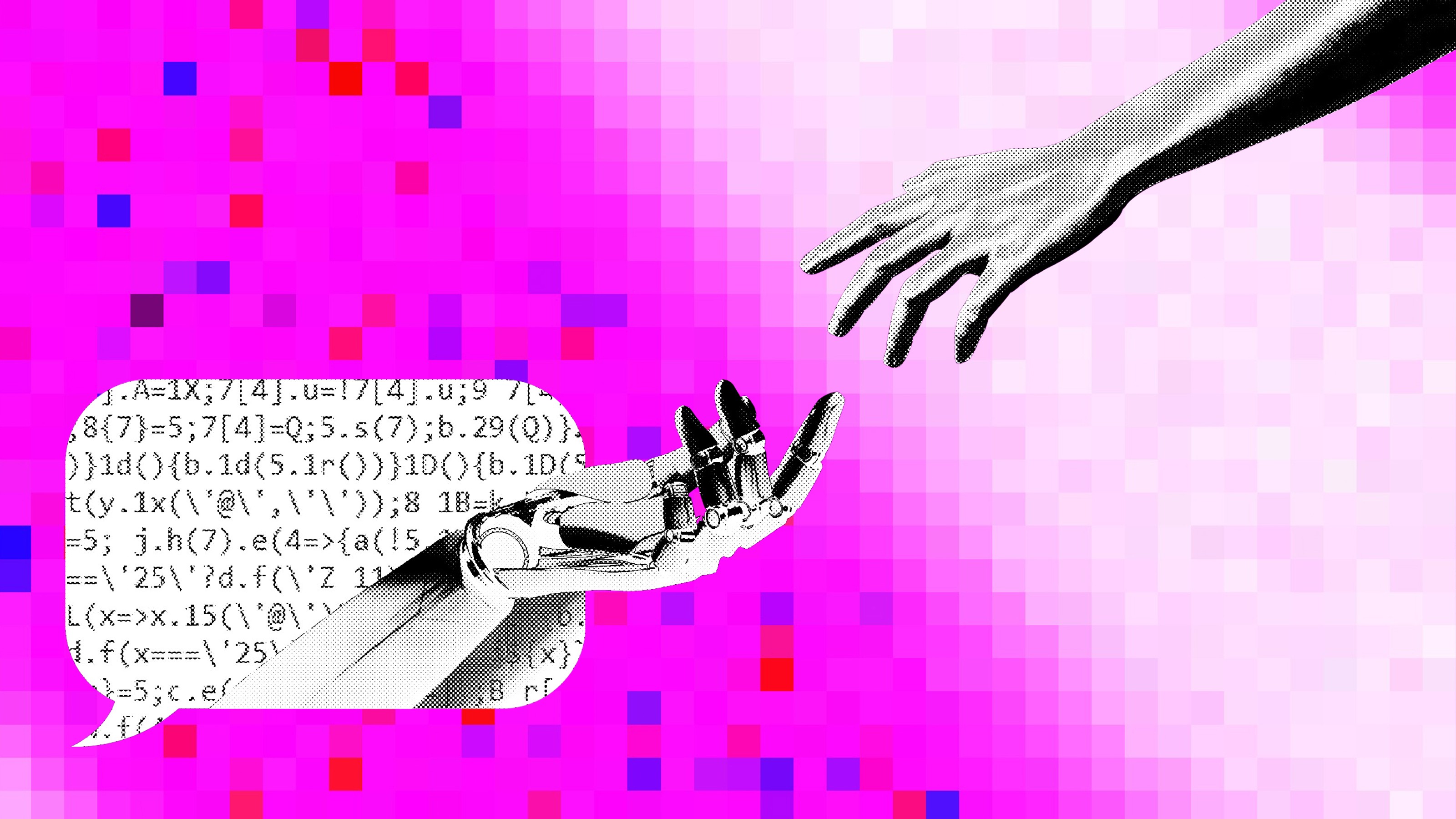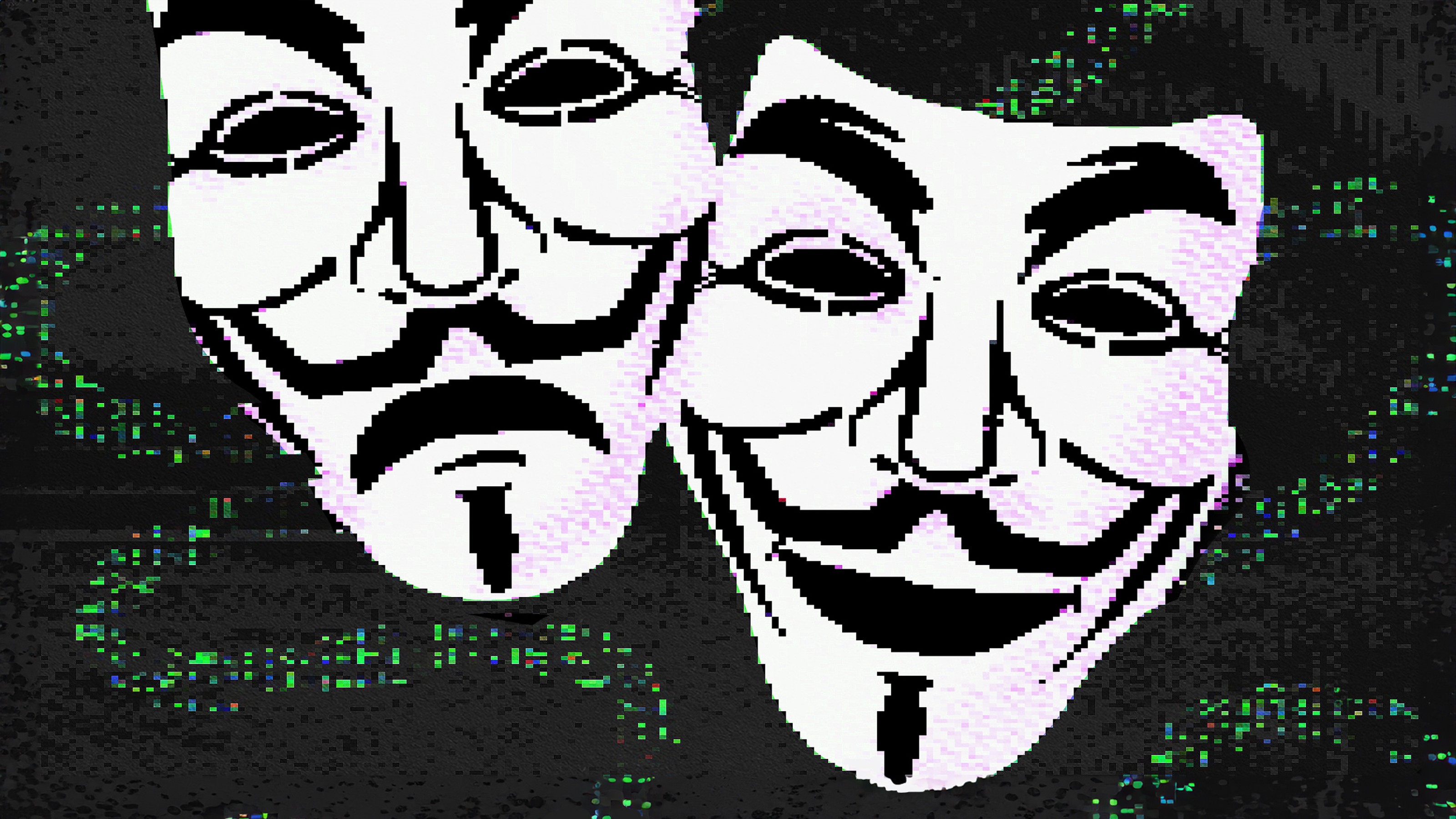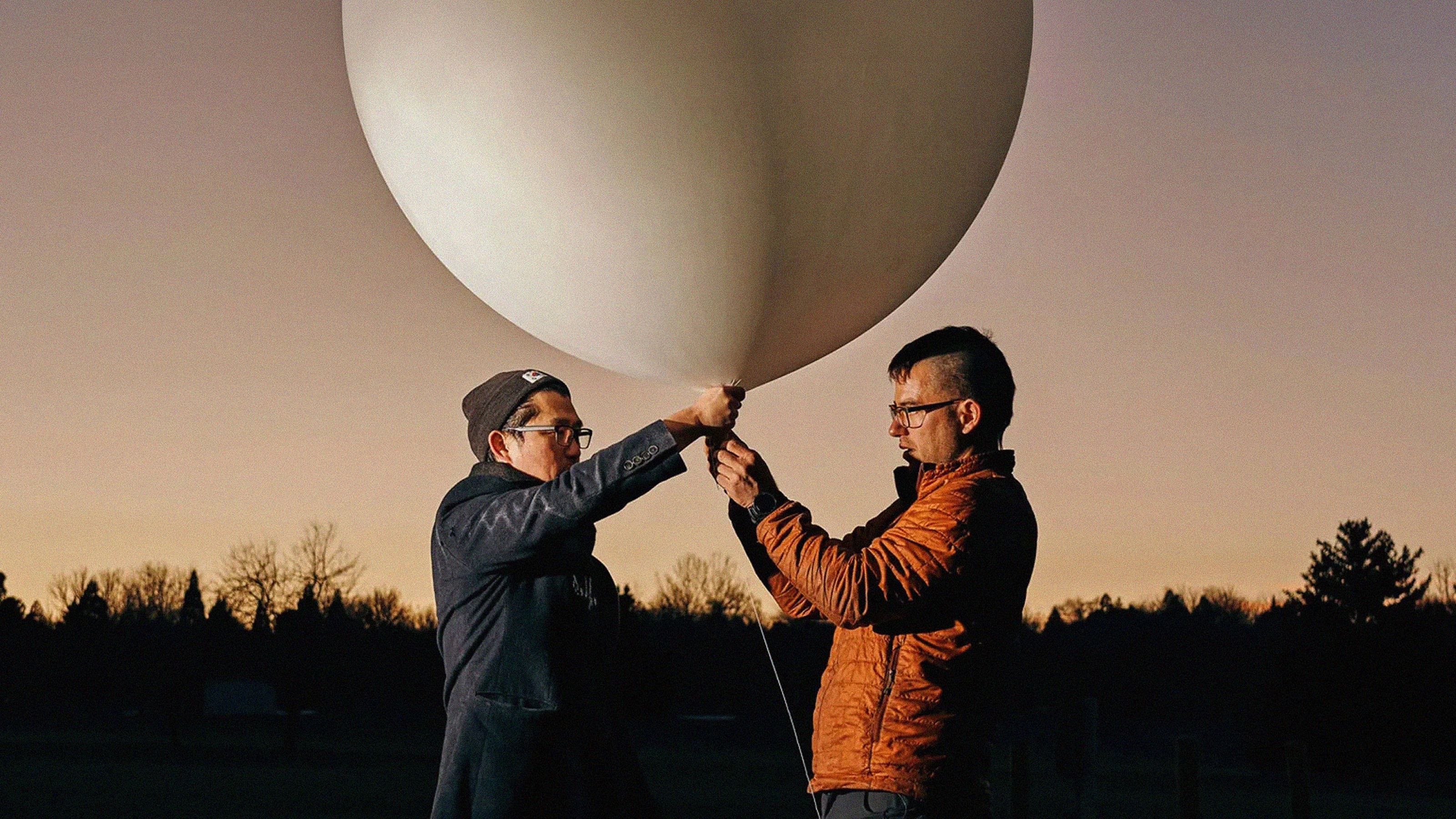The Middletown power plant tragedy raises concerns about the potential for far deadlier catastrophe. In a 2009 video, Alex Matthiessen weighs the risks of maintaining New York’s Indian Point plant.
Question: How dangerous is the Indian Point nuclear plant?
Alex Matthiessen: Well the issues with Indian Point quite simply are that it’s a nuclear power plant that’s got a long history of safety and security problems at the plant. It’s historically one of the worst-rated and worst-run plants in the nation. There’s two reactors there, two working reactors and then there’s a third that was decommissioned back in the ‘70s, but you essentially have a plant that shuts down accidentally at a rate 5 to 6 times the national average in terms of all of the different plants around the country. You’ve got an emergency plan that is a joke on its face. James Lee Witt, who is the country’s leading expert on emergency planning, he was the former Director of FEMA for 10 years under President Clinton and he came in, he was hired by Governor Pataki to look at the evacuation plan of the plant and determined that it was essentially unworkable, and the reasons are obvious. First of all, you’ve got high population density in the Westchester, Lower Hudson Valley, New York metropolitan area. 20 million people live within a 50 mile radius of the Indian Point plant; that includes out onto Long Island, all 5 boroughs of New York City, Western Connecticut, Northeastern New Jersey and, you know, the mid to lower Hudson Valley.
So it’s a lotta people who were in what the NRC, the Nuclear Regulatory Commission itself calls the peak injury zone that 50 mile radius. You’ve got a very congested road network throughout Westchester and throughout the Hudson Valley and New York metropolitan area, so if you were to have even a minor accident, but especially a major accident, you would have a massive exodus. And it’s not just the people within the 10-mile evacuation zone that the NRC pretends are the only ones of concern here—you know, come on, if you live anywhere in Westchester or New York City and so on, and you hear there’s been a major accident at Indian Point, you’re gonna do whatever you can to get out of the area. I mean if you look at Chernobyl and the area that covered, well that would go, you know, if you were to superimpose a map of Chernobyl and all the contaminate areas that were affected by the Chernobyl accident, all on a map of the United States with Chernobyl being right where Indian Point is, you’d be reaching up into Canada, down into the Carolinas, it’s a massive area.
Now I wanna be clear, the way that an accident can happen at Indian Point will be different than Chernobyl; the designs are very different. But the point is, if you had an accident at Indian Point and you had a major release of radiation, it would spell absolute disaster for not only New York where the world’s financial system is centered but also for the world economy. I mean you can’t imagine an accident that would be more disastrous for New York, for the US and for the world.
Question: What are alternatives to the Indian Point plant?
Alex Matthiessen: There’s plenty of alternative sources and this is one of the, you know, the issues that the company that owns Indian Point has worked very hard to scare the public about, which is the idea that there’s no way you can replace Indian Point’s power and if you do the subways will shut down and so on. First of all this is not the way electricity works, you’ve gotta, you know, all kinds of providers, power generators who are contributing to the system and when one plant goes down, others kick in and provide power. So there’s no one plant that provides power for the subway or for JFK Airport or any specific facility, it’s all intermixed. There are plenty of alternatives, first of all you’ve got a very substantial wind potential in New York State and we already have 800 megawatts on contract or in contract for the state of New York to be built. You’ve also got excess supplies in both the New England grid and the New Jersey/Maryland/Delaware grid, as much as 30 to 35% ,which we can import some of that into the city if we were to close Indian Point, for instance, right away. You’ve also got the potential to repower a lot of existing old, dirty plants throughout the Hudson Valley and New York metropolitan area that are coal, oil plants for instance that are highly inefficient, that pollute the air as it is and if you repower them, you could probably double the amount of power, it depends on the case but you could as much as double the power being generated from those plants right now and you would reduce your air pollution by 97, 98%.
So there’s lots of different opportunities, obviously energy efficiency is another way where you can actually shave substantial amounts of power. For instance Indian Point produces about 2000 megawatts of power and we’ve done studies, independent studies that show that if you just applied a relatively rigorous energy efficiency program in New York State you could save that much power as well.
Question: Do you endorse nuclear power in general?
Alex Matthiessen: Well Riverkeeper’s really focused on protecting, you know, the Hudson River and our New York City drinking water supply so we don’t tend to get into the larger issues but I’ll say this about nuclear power, it’s a frustrating source of power because on the one hand there’s no energy source that with such a small, relatively small amount of material produces so much power so that the potential of this technology is incredible. The problem is of course is that not only have we not figured out how we’re gonna store it safely, have we not figured out how to gain full control over avoiding nuclear proliferation, some of the plutonium and other substances getting into the hands of the wrong people. Not only have we not fully dealt with the issue of accidents and what would happen in the case of an accident but this is not an economic source of power. If you were to remove all the subsidies that the US government and thus taxpayers provide to make the nuclear industry viable, the industry never would have gotten off the ground, we wouldn’t have a single plant in this country. It’s the most heavily subsidized of all the energy sources. So I would welcome the day and I think that we should continue to research nuclear fusion and fission to see if there are ways to improve on the current model. Because of again the potential to produce so much power from so little material but we’ve got to solve those problems of storage and waste and proliferation if we’re gonna make nuclear a viable future source.





